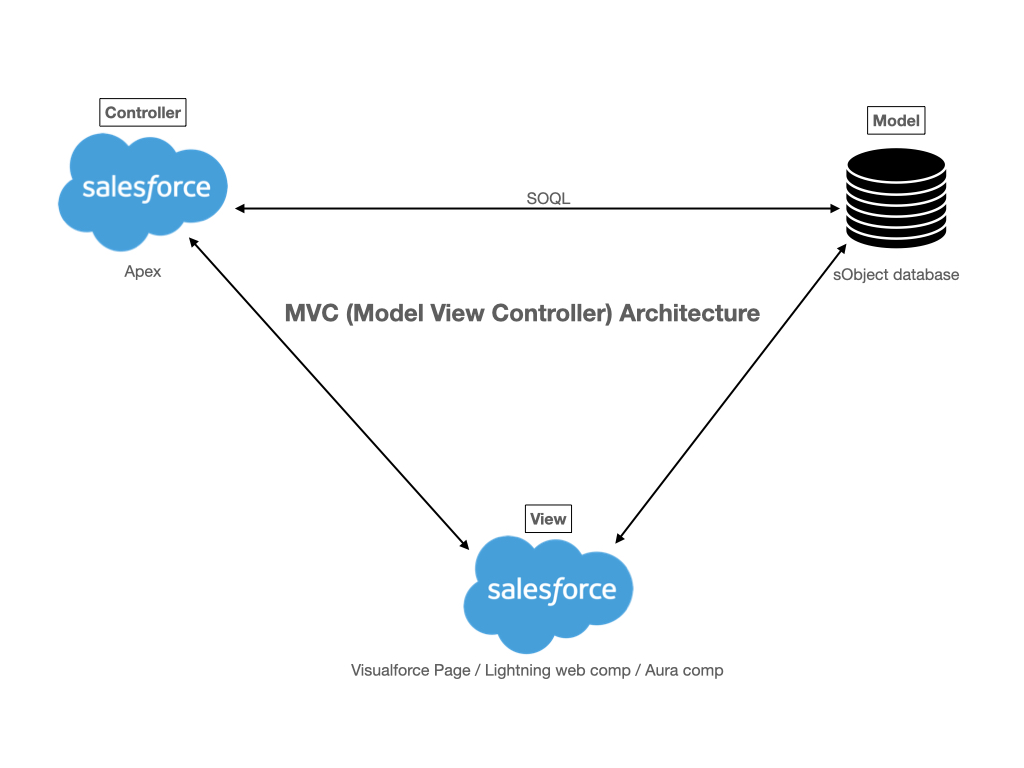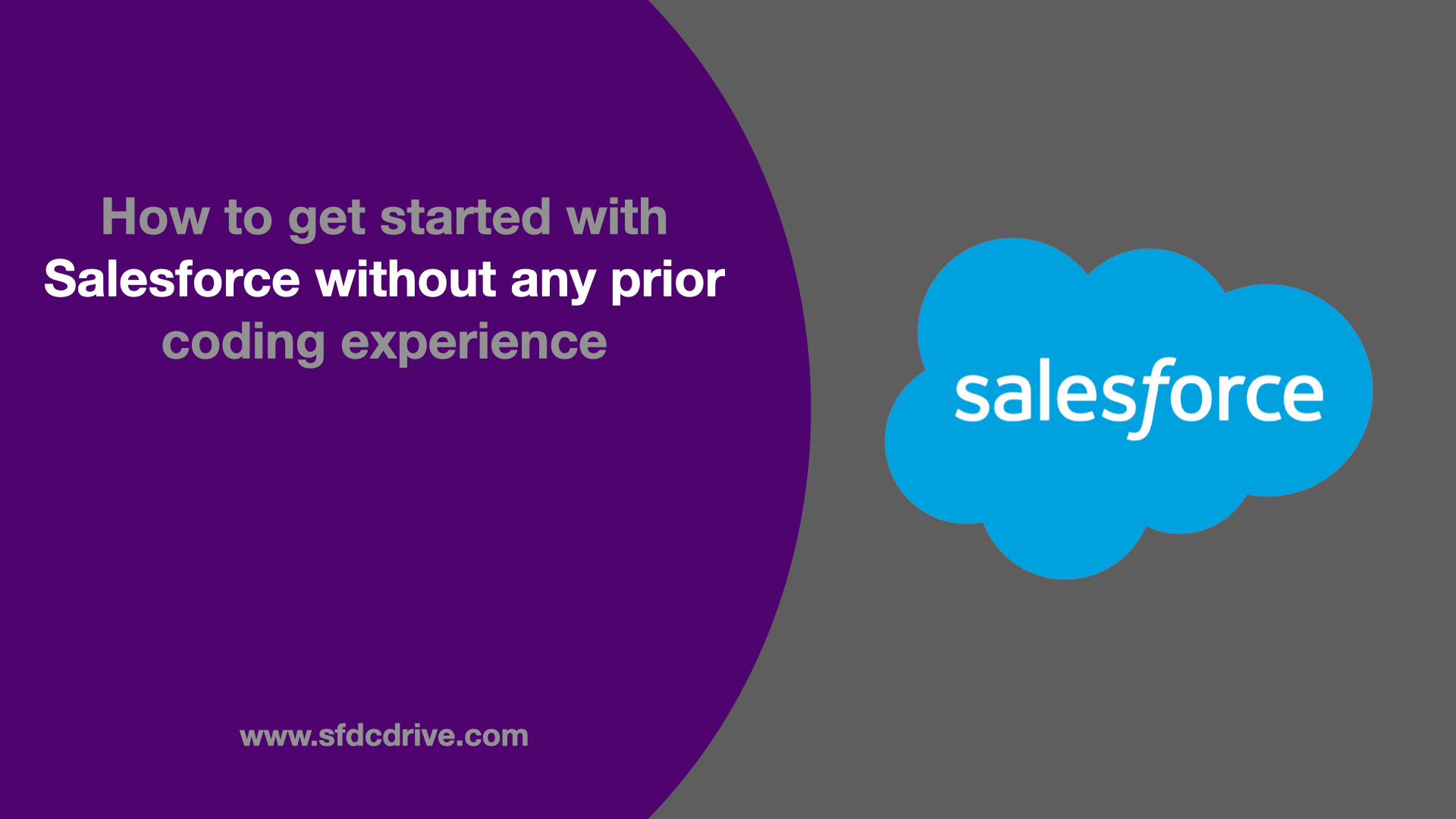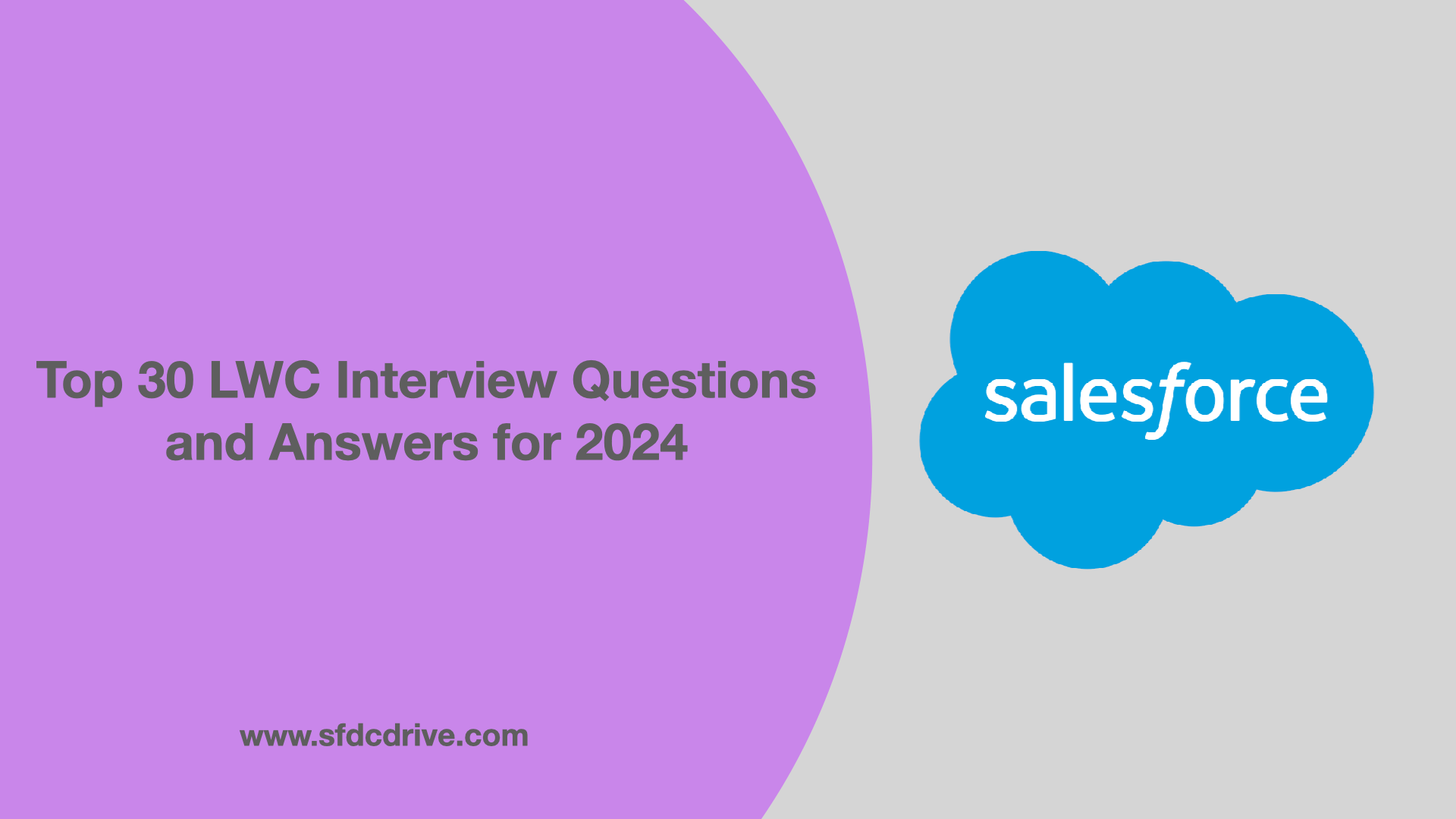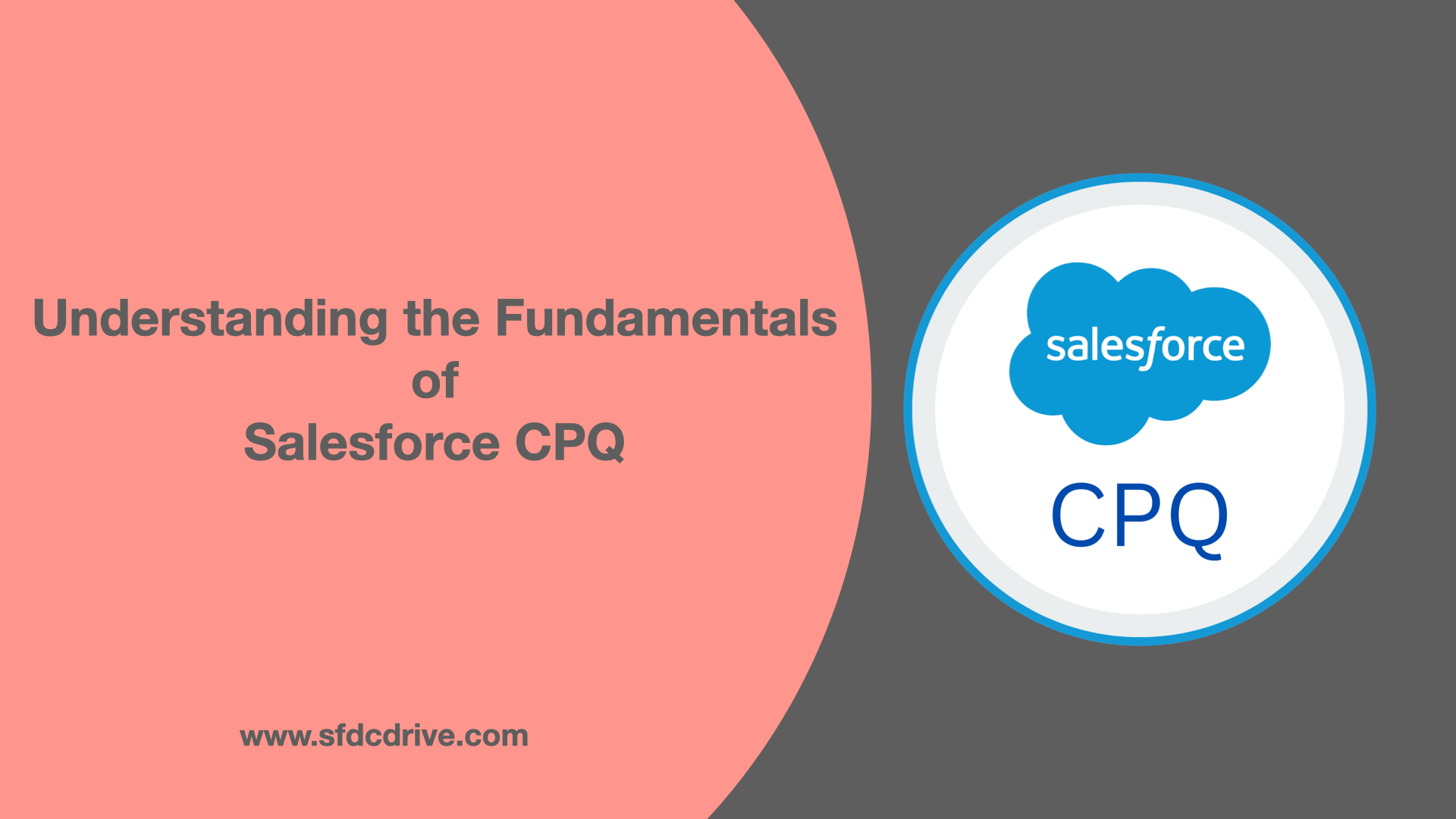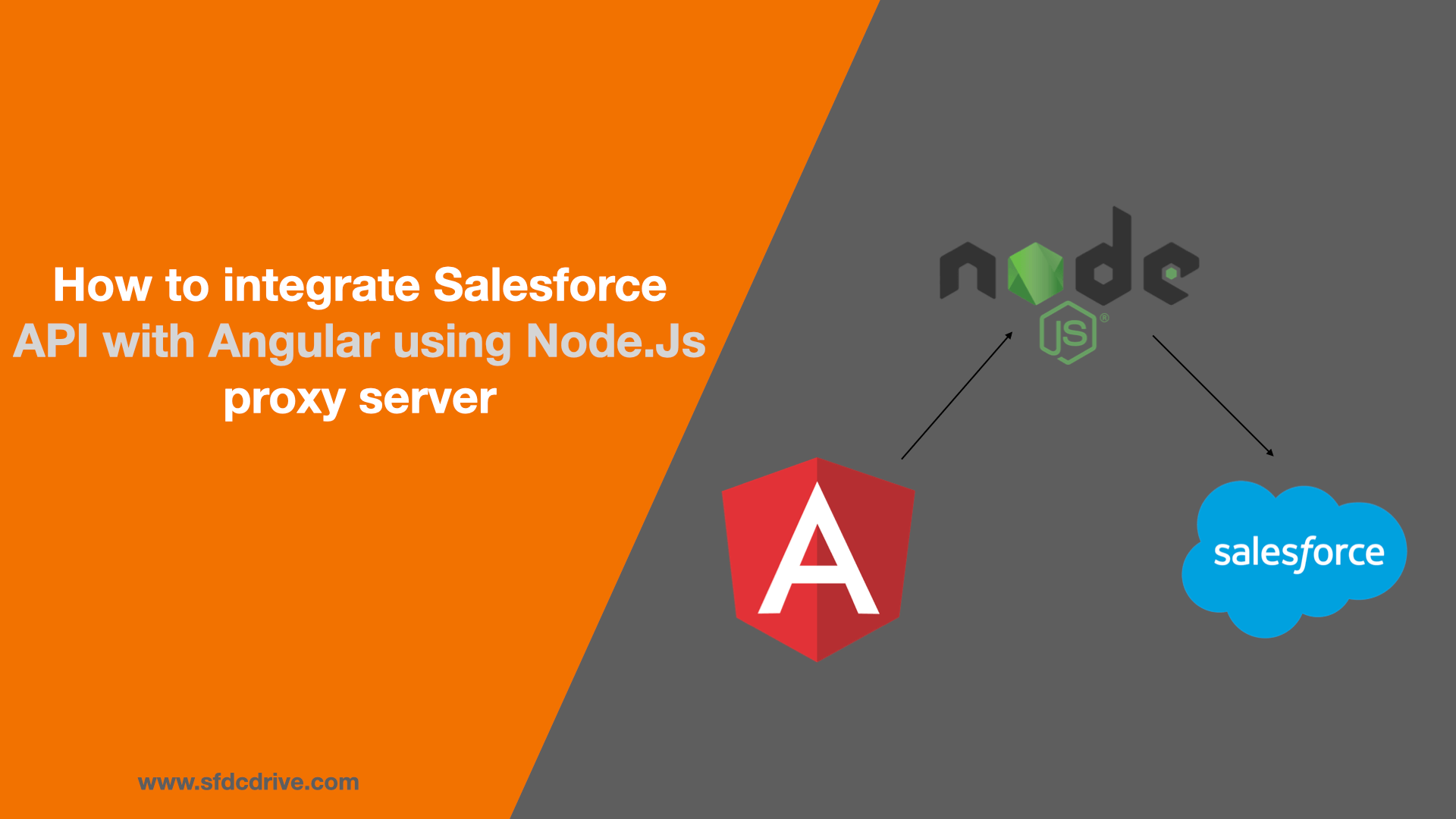Salesforce is a cloud-based CRM (customer relationship management) platform that assists businesses in managing client data and utilising it in a highly effective manner to exponentially increase the business. Salesforce is a platform that enables businesses to store customer data in the cloud, where it is available online without the need for a local database. Managing customer data and using it to the business’s advantage is a key requirement for every business to flourish in today’s world.
Now you might be wondering that how the salesforce professionals fits into this whole picture right. Salesforce professionals plays a key role in developing the architecture of a customised solution for businesses on top of salesforce platform which helps companies to scale rapidly. Thus, these companies hire salesforce professionals to create custom business solutions.
Let’s get down to the point and discuss how you can begin your path to being a salesforce professional. So to get started we will first divide the Salesforce into two categories: administration and development which requires coding knowledge.We will begin by discussing the administrative part first.
Table of Contents
Salesforce Administration
- It’s crucial for beginners to become comfortable with the Salesforce platform. To start, open a developer edition account using the link below.
https://developer.salesforce.com/signup
Just use your email to verify your account, then set a password, and you’re ready to go. - Now visit login.salesforce.com, and login using your username and password, Your salesforce developer edition production org is what you are currently viewing on the screen, to provide an analogy, think of it as your smartphone’s settings with far more advanced settings. Now you need to learn how to set up every setting and feature that this platform offers.
- Salesforce provides free self learning platform Trailblazer , sign up here with your salesforce username and password, Learn the fundamentals of salesforce administration by exploring this free learning resource. Basics in salesforce admin includes:
- Object manager
- Objects
- Fields
- Object level settings
- Field level settings
- Setup
- Flows
- Workflow rules
- Process builders
- Email templates
- Approval process
- Salesforce Security model
- Profiles
- Object level security
- Field level security
- Permissionsets
- Sharing settings
- Orgnization-wide Defaults
- Sharing Rules
- Manual sharing
- Profiles
- Object manager
- Learn these concepts thoroughly, then practise what you’ve learned in your developer edition org. Play around with various point-and-click tools in your org, investigate them, and try to create simple functionalities and automations using these tools that Salesforce provides.These will improve your over all understanding of the Salesforce platform. We will be publishing blogs on many of the features and automations that Salesforce offers.
- Give your self enough time to practice the above mentioned topics. Okay, so after completing the steps above, assuming that you have a basic understanding of the admin part of Salesforce, let’s move on to the coding part now.
Salesforce Development
- HTML CSS & JavaScript :
If you don’t have any prior coding experience, you can start with basic HTML and CSS to have a better understanding of how web pages are constructed and styled. Understanding the DOM (Document Object Model) of a page is another benefit of learning HTML.
Now that all the animations and movements on web pages are made using the JavaScript language you need to start learning the fundamentals of JavaScript,
This will take some time, so before moving on to more complicated coding topics, practise HTML, CSS, and JavaScript every day for at least a month. These fundamentals will help you to understand the complex frameworks in Salesforce, such as Visualforce pages, Lightning Web Components, and Aura components. We will go into much more detail about this on this website in subsequent posts.
The best online resources to learn HTML and CSS are: - Database query language – MySQL , SOQL (Salesforce object query language) :
Now that we are familiar with the basic components of any website’s structure, we can move on to understanding the database. Consider it as a storage device for your application, a location where all of the data is kept and from where it is simple to access and control it. In database data can’t be accessed and stored like a file system in computer operating system, here we need to use the query language SQL (Structured Query Language) to interact with the data stored in database. Salesforce uses SOQL (Salesforce Object Query Language), which is almost identical to SQL language.
Think of a database as a large Excel spreadsheet with numerous tables connected to one another by common columns. Consider the case where I want to retrieve a record with several conditions. Manually searching that record would take very long time so to save time we will use SOQL query language to retrieve that record using just one line of code. Therefore, to get started with SQL, practise it online at the below website. - Java and Apex :
Now Imagine that you want to connect your database to the front end of your application. You would need some middleware or a middle layer to do that, right? Well, Apex in Salesforce takes care of that. Apex is a programming language that Salesforce has developed that is almost identical to Java. One of the key difference between apex and java is that apex is compiled (i.e. interpreted) in cloud based compiler (Force.com) and java is compiled in compiler installed in local machine. Apex language in Salesforce uses in-built database and Java we need to manually configure (connect) database for example Microsoft MySQL , Oracle SQL
To understand Apex easily first you need to start learning the basic concepts of Java programming language, There are lots of online resources available online to understand and practice the Java on your own, below are some of the important topics in Java that you must understand before moving on to Apex, If you follow this It will make learning Apex much simpler.- Core Java
- Collections Framework – Data structures
- Oops Concept
- Abstraction
- Encapsulation – Getters, Setters
- Inheritance – Interface, Abstract classes
- Polymorphism – Overriding, Overloading
- Variables
- Classes
- Exception Handling
- You can now move on to Apex after thoroughly understanding and practising the topics mentioned above. It will now be quite simple for you to understand the Apex language. Practice it as much as you can in your developer edition org.
- MVC Architecture:
So now in coding phase we have the basic understanding of the fundamentals of the three-tier architecture or MVC (model , view , controller) Framework . Here, model denotes the database, view denotes the front end, such as Visualforce, LWC, or Aura framework, and controller denotes the Apex class that connects the model and view.
